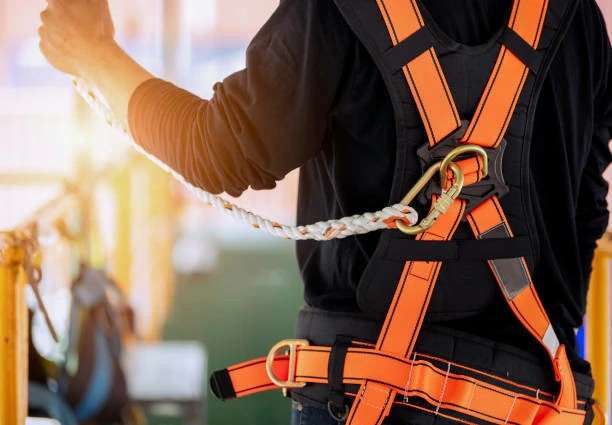Navigating Legal Compliance for Working at Heights Training in Ireland
Working at heights is an inherent risk in various sectors, including construction, maintenance, and more. The legal framework surrounding Working at Heights training in Ireland aims to minimize these risks and ensure the safety of workers. Compliance with the relevant regulations is not just a legal obligation; it is a moral responsibility for employers. In this guide, we delve into the legal requirements mandated by the Health and Safety Authority (HSA) and the importance of Working at Heights certification to safeguard employees and companies alike.
Understanding the Legal Framework
In Ireland, the primary legislation governing health and safety in the workplace is the Safety, Health and Welfare at Work Act. The HSA is the leading regulatory body responsible for enforcing these laws and providing guidance on safety standards, including those specific to working at heights. Additionally, the Health and Safety Executive (HSE) complements these regulations by offering resources and frameworks aimed at improving workplace safety.
Key Regulatory Bodies
- Health and Safety Authority (HSA): The HSA provides essential guidelines and standards for workplace safety, including training requirements for working at heights. Employers must familiarize themselves with HSA regulations to ensure compliance.
- Health and Safety Executive (HSE): While the HSE operates primarily in the UK, its publications and guidelines often serve as valuable resources for Irish employers seeking comprehensive safety training standards.
Employer Responsibilities under Irish Law
Employers in Ireland are legally obligated to provide training to employees who work at heights. Key responsibilities include:
- Risk Assessment: Employers must conduct thorough risk assessments to identify height-related hazards in their workplace.
- Provide Proper Training: It is crucial for employers to provide Working at Heights Training to their employees, ensuring that they are equipped with the knowledge and skills to perform their jobs safely. This includes comprehensive courses and practical training.
- Safety Equipment: Employers must provide appropriate safety equipment such as harnesses, guardrails, and personal protective equipment (PPE) for employees who are working at heights.
The Importance of Active Compliance
Ensuring compliance with Working at Heights safety regulations is essential not only for avoiding legal repercussions but also for protecting workers from potential accidents and injuries. Compliance can lead to:
- Reduced Workplace Accidents: Proper training and adherence to safety regulations significantly decrease the likelihood of falls and related injuries.
- Legal Protection: Employers who comply with safety laws can defend themselves against legal claims arising from workplace accidents.
- Enhanced Company Reputation: Businesses that prioritize employee safety often enjoy a better reputation, attracting skilled workers and clients.
Penalties for Non-Compliance
The importance of adhering to Working at Heights certification cannot be overstated. Non-compliance can lead to serious legal consequences, including:
- Fines: Employers found in violation of health and safety regulations may face hefty fines imposed by the HSA.
- Legal Action: Employees injured due to non-compliance can file lawsuits against their employers, leading to additional legal costs.
- Work Stoppages: The HSA has the authority to enforce work stoppages if serious safety violations are found, negatively impacting productivity.
Ensuring Compliance: Practical Guidance for Employers
To safeguard your business and your employees, consider the following steps to ensure compliance with Working at Heights training requirements:
- Choose Accredited Training Providers: Select reputable training organizations offering certified Working at Heights courses. A good course should combine theory with practical training and compensate for different working environments.
- Implement Safety Programs: Establish comprehensive safety management programs that cover not only training but also maintenance of equipment and safety culture in the organization.
- Regular Review of Policies: Continuously assess and update your health and safety policies to reflect any changes in the law or workplace conditions.
Conclusion
Compliance with Working at Heights safety requirements in Ireland is imperative for the safety of employees and the legal protection of employers. Through dedicated training and adherence to the guidelines set forth by the HSA and HSE, businesses can foster a safer working environment. Don’t wait for an incident to occur—invest in certified Working at Heights training today.
For more information on how to get started with Working at Heights certification Ireland, visit our Working at Heights Course page or contact us at [email protected].



 349,500 Offered Certificates
349,500 Offered Certificates
 24/7 Online Training
24/7 Online Training
 Money Back Guarantee
Money Back Guarantee
 Fully Accredited Courses
Fully Accredited Courses
